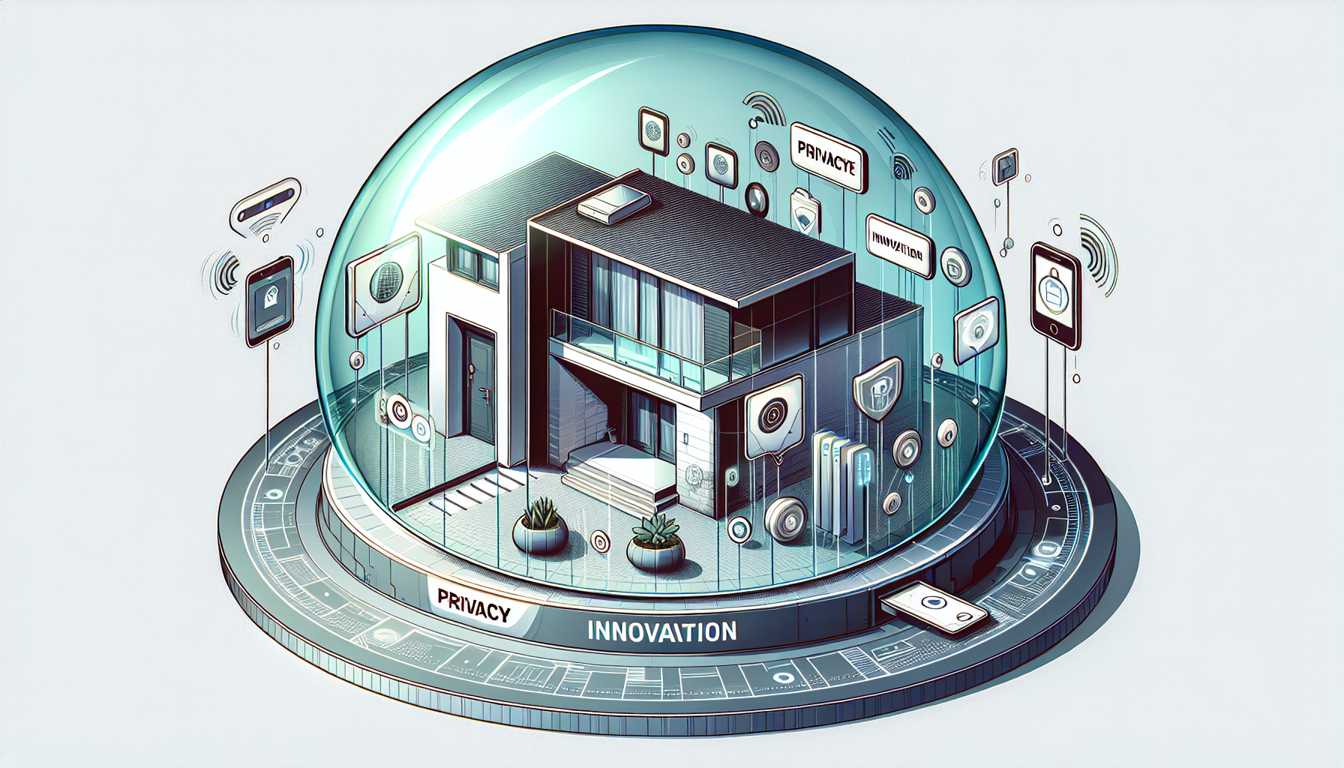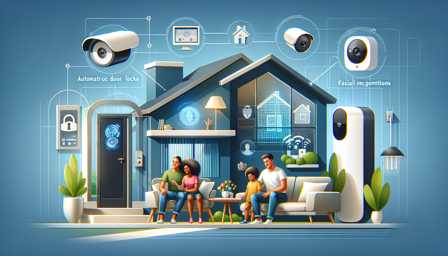
Balancing Privacy and Innovation in the Age of Smart Homes
The integration of technology into our homes has transformed them into hubs of convenience and efficiency, known as smart homes. These advancements, however, bring forth significant challenges, particularly in balancing the innovation of smart home technology with the privacy of its users. This comprehensive article delves into the intricacies of maintaining this balance, focusing on specific products, emerging trends, and regulatory landscapes.
The Evolution of Smart Homes
Definition and Scope
A smart home is defined as a residence equipped with devices that automate tasks normally handled by humans, using Internet of Things (IoT) connectivity. These devices range from basic applications like smart light bulbs to more complex systems like integrated home automation suites.
Key Products and Technologies
- Smart Assistants: Devices like Amazon Echo and Google Nest Hub act as central control hubs.
- Home Security Systems: Products like Ring and Arlo provide surveillance and alerts.
- Smart Appliances: From Samsung's Family Hub refrigerators to LG's ThinQ washing machines, these appliances offer enhanced convenience.
- Energy Management: The Nest Thermostat and Ecobee help in efficient energy usage.
The Privacy Paradox
Data Collection and Usage
Smart home devices collect vast amounts of data. This data is used to improve user experience but also poses privacy risks if mismanaged.
Privacy Breaches and Concerns
Instances of data breaches and unauthorized surveillance have been reported, raising questions about the security protocols of smart home devices.
Innovations in Privacy and Security
Advanced Security Measures
The development of more sophisticated encryption techniques and secure networks (e.g., WPA3 for Wi-Fi) enhances data protection.
Privacy-First Design
Some companies are adopting a privacy-first approach in design, like Apple's focus on local data processing in HomeKit-enabled devices.
AI and Machine Learning
These technologies offer potential in detecting and preventing security threats in real time.
Regulatory Landscape
GDPR, CCPA, and Beyond
These regulations mandate stricter data protection and user consent protocols. They serve as benchmarks for other regions developing digital privacy laws.
The Role of Government and Industry
Collaboration between policymakers and tech companies is crucial for developing regulations that foster innovation while protecting privacy.
Ethical Considerations
The Balance of Convenience and Privacy
Users often trade privacy for convenience. There needs to be a broader discussion on where to draw the line.
The Digital Divide
Access to advanced smart home technologies is often limited to those who can afford them, leading to a digital divide.
Future Trends and Predictions
IoT and 5G Integration
The advent of 5G technology could revolutionize smart home connectivity, leading to faster, more reliable, and more secure networks.
Voice and Gesture Control
Advancements in natural language processing and gesture recognition could make smart homes more intuitive and accessible.
Sustainable Smart Homes
Integration of smart technology in energy management for more sustainable living practices.
Conclusion
The smart home technology landscape is rapidly evolving, offering unprecedented levels of convenience and efficiency. However, this progress must be tempered with a strong commitment to privacy and security. By fostering innovations that prioritize privacy, enforcing stringent regulations, and encouraging ethical practices, the balance between privacy and innovation in smart homes can be effectively maintained.
In conclusion, as we navigate this new era of smart living, it is imperative that we remain vigilant about the privacy implications and continue to advocate for a future where innovation and privacy coexist harmoniously. The journey towards smarter homes is not just about technological advancement, but also about ensuring that these advancements are aligned with the fundamental rights and values of individuals.



